Khanh An Monastery in Saigon: Get lost in a sacred Japanese-style temple
Khanh An Monastery holds a marvelous beauty that bears resemblance to Japanese temples. More than an impressive architectural work, Khanh An Monastery holds significant values to offer locals and visitors.
Khanh An Monastery is one of the most sacred temples in Ho Chi Minh City (Source: @emmi.hoang)
Besides the dynamic lifestyle, Ho Chi Minh City also offers many sacred sites. Notably, Khanh An Monastery is a very important temple that has great historical, architectural, and spiritual values. This is an ideal stop for believers and visitors looking for a peaceful corner away from the hustle and bustle of the city.
1. The location of Khanh An Monastery
- Address: Vo Thi Thua Street, National Road 1A, An Phu Dong Ward, District 12, Ho Chi Minh City
- Opening hours: 5 am to 12 pm and 1:30 pm to 8:30 pm
Khanh An Monastery Ho Chi Minh City is situated in District 12, which is relatively far away from the city center. Despite that, the Japanese-style architecture makes the monastery very eye-catching and easy to find. The monastery is now a popular spiritual place for believers and visitors to enjoy the tranquil atmosphere and participate in several retreats.
It takes from 30 minutes to an hour to reach Khanh An Monastery from the city center (Source: Collected)
Khanh An Monastery Saigon is 15 kilometers north of the city center, so the optimal means of transportation is by car. You can take a taxi with a fare varying from 160,000 to 200,000 VND (around 6 - 8 USD).
Motorbikes and buses are other ways to reach the monastery. However, there is a limited number of bus routes to get to the monastery.
From National Road 1A, go straight around 3 kilometers to the intersection that joins the National Road with Vo Thi Thua Street. Here, you will see a large gate to the monastery on your left.
2. The history of Khanh An Monastery Ho Chi Minh City
Khanh An Monastery Saigon was established in 1905 by Zen master Tri Hien, also known as Monk Nam Phan, on a 4-hectare land he received from a donator. Initially, this place was a small pagoda that witnessed numerous significant historical events and later became a secret base of Vietnamese revolutionists during the resistance war against French colonists.
Khanh An Monastery was attacked by the French colonists numerous times and went through many ups and downs to get to where it is today. In 2006, the pagoda underwent a major renovation and had its name changed to Khanh An Monastery. The year after, the People’s Committee of Ho Chi Minh City officially recognized the monastery as a historical and cultural relic of the city.
Khanh An Monastery has gone through many ups and downs in history (Source: Collected)
3. The unique architecture of Khanh An Monastery
Khanh An Monastery Ho Chi Minh City is famous for its exceptional architecture which resembles the temples in Japan. However, according to the monastery’s representative, it follows the Mahayana Buddhist architecture (Mahayana Buddhism is the largest Buddist sect in the world, most popular in China, Japan, Vietnam, and Korea).
Here, visitors can also see some typical features of Vietnamese architecture, such as the red bricks, the white lime, and the simple patterns that are meticulously carved everywhere, resembling old Vietnamese houses.
The Monastery’s architecture resembles that of Japanese temples (Source: Collected)
3.1. The main hall
Khanh An Monastery includes two main buildings: the main hall and the community hall along with the monastery precincts. In the main hall, visitors will be impressed by its magnificent, exquisite structure mainly made of wood and stone. This is where the monastery's main activities take place, such as praying and meditating.
The steps to the hall are made of stone with sophisticated lotus carvings - Buddhism's sacred symbol - on the handrails. Furnishings such as the floor, windows, pillars, etc. are all made of wood with golden patterns.
The main hall is the biggest building of Khanh An Monastery (Source: Collected)
3.2. The community hall and monastery precincts
Located opposite the main hall, the community hall and monastery precincts are mainly for visitors. This is the building that makes Khanh An Monastery renowned as the “Japanese temple in Ho Chi Minh City”, which has appeared in multiple local papers and the Internet.
Red is the primary color used for the hall’s exterior. The roof is broad and curved at the end, some of the doors are painted white with red frames, and plenty of golden lanterns and paper lanterns hang up the roof as decorations. All of these create such an authentic Japanese vibe.
In addition, right behind the hall is a two-story wooden gazebo built on a pond. After exploring the monastery, this area is super ideal for visitors to take a break, enjoy the view, and feel the serenity of Khanh An Monastery.
4. TOP must-try things at Khanh An Monastery Saigon
Apart from being a spiritual site for Buddhists, Khanh An Monastery is an amazing destination for many people who want to have a short relaxing trip away from the hustle and bustle of the city. Below are two must-try activities that you cannot miss out on when you come here:
- Taking admirable photos
Famous for its outstanding beauty, it would be a waste if you do not take several pictures for yourself at the monastery. The impressive architecture of the buildings, along with the trees and flowers, provides an excellent background for your stunning photos.
Khanh An Monastery will make your selfies look incredible (Source: @rydodoan)
- Attending the monastery’s retreats
Khanh An Monastery is not only a tourist attraction in Saigon but also offers several short retreats. There is a wide variety of short-term retreats such as summer retreats, camps, meditation courses, and so on, which you can sign up for at any time. Each retreat is meticulously planned and organized.
The two most prominent retreats are “Mindful living” and “Being together”, in which hundreds of practitioners, monks, and Buddhists participate. There are exchanges and sharings of Buddhist knowledge and valuable life experiences from Thich Tri Chon, the abbot of the monastery, and many other lecturers.
5. TOP tips for your first trip to Khanh An Monastery
The best time to visit the monastery
As the monastery is quite far away from the city center, people tend to come to Khanh An Monastery on weekends. In case you are not fond of crowds, pay a visit to the monastery on weekdays, when the monastery is quieter and more peaceful for you to enjoy the time.
What’s more, to fully experience the sacred atmosphere, take not of some special occasions of Buddhism, such as Phat Dan (the 15th day of the 4th lunar month), Vu Lan (the 15th day of the 7th lunar month), the mid-autumn festival, and many more.
Etiquette advice
As Khanh An Monastery Saigon is a religious site, you should take note of the following before your visit:
- Comply with the monastery's regulations and instructions
- Dress politely, avoid revealing clothes
- Keep quiet, avoid making loud noises
- Do not litter
- Do not feed the fish here
- If you want to participate in the retreat, you can meet with the monks to learn about the monastery's schedule and make a registration
What to eat when visiting Khanh An Monastery:
Furthermore, there is no need for you to worry about what and where to eat in Saigon, as there are numerous famous eateries with undeniably delicious dishes in the city. Check out Sai Gon cuisine to indulge yourself in a paradise of delectable food.
There are a wealth of luscious dishes for tourists to try in Saigon (Source: Collected)
After your trip to Khanh An Monastery, do not miss out on other fascinating religious destinations in Ho Chi Minh City, such as Jade Emperor Pagoda, Mariamman Hindu Temple, Thien Hau Pagoda, etc. to find peace of mind.
Coming to Khanh An Monastery, you will surely be surprised and delighted with the impressive architecture and peaceful atmosphere here. This sacred site is not only a place for people to worship and pray but also a tranquil space to immerse themselves in nature and relax.
DISCOVERING THE GREAT TRAVEL TO VIET NAM
Call/Zalo/WhatsApp: (+84) 989661264 (Mr Truong John)
TO BE CONSULTED AND GET THE VIET NAM TOUR WITH THE BEST
VIET NAM BOOKER OFFICE
Add: 40 Bat Dan Str, Hoan Kiem Ward, Ha noi, Viet nam
E - mail : vietnambooker.com@gmail.com
Website: www.vietnambooker.com


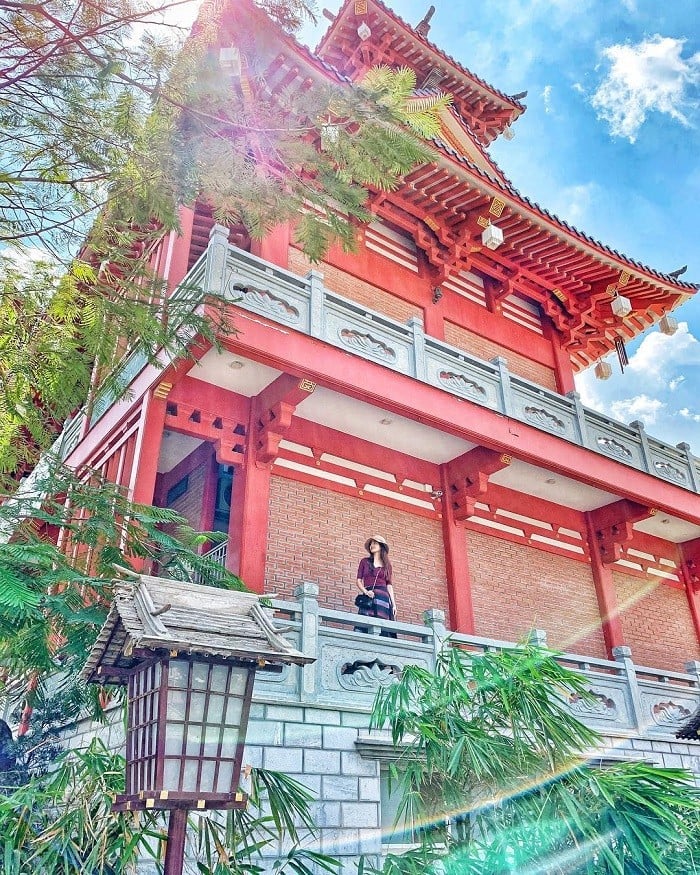
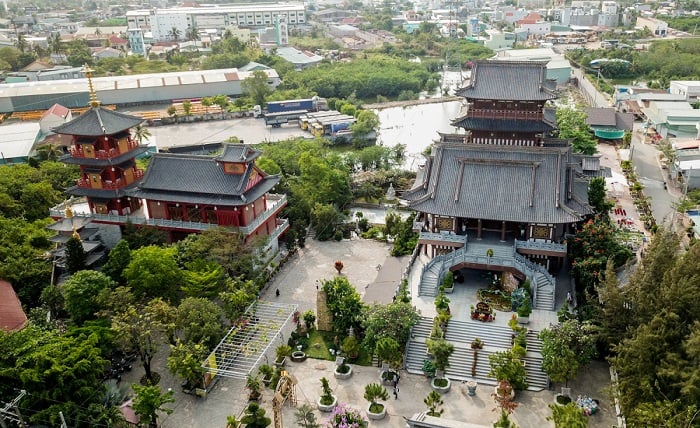
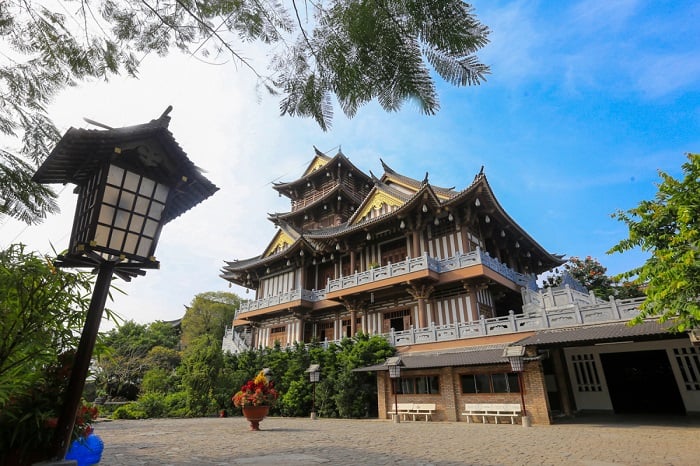
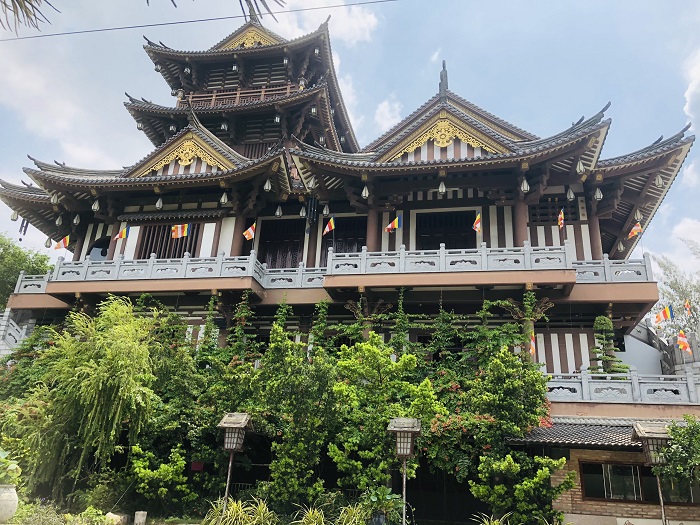
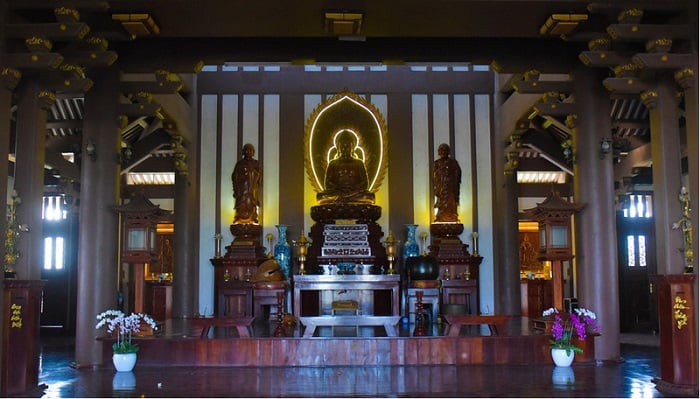
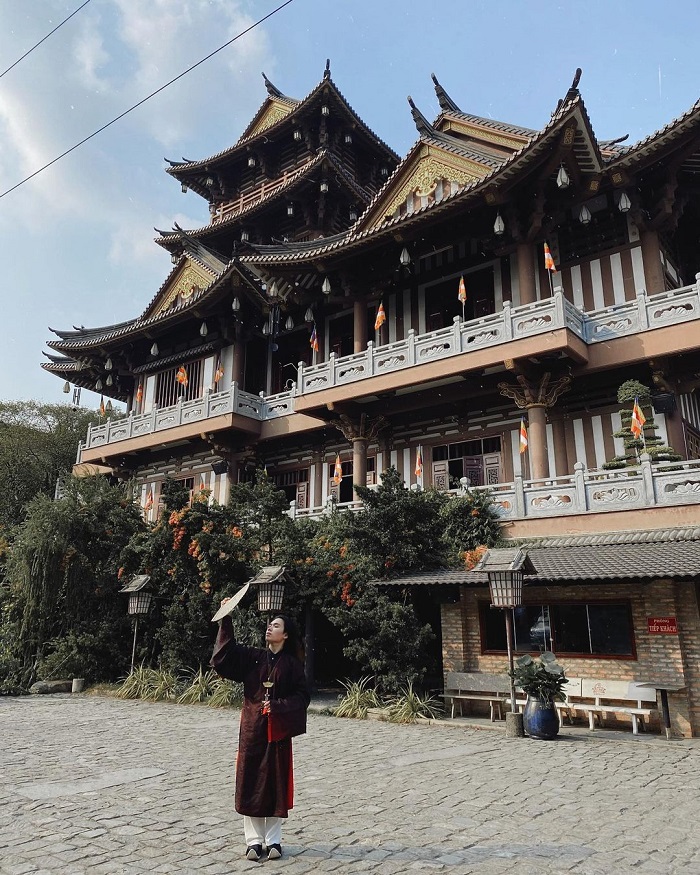

main.comment_read_more